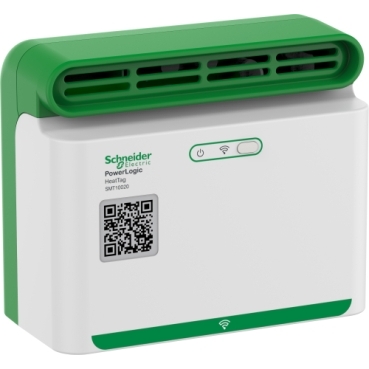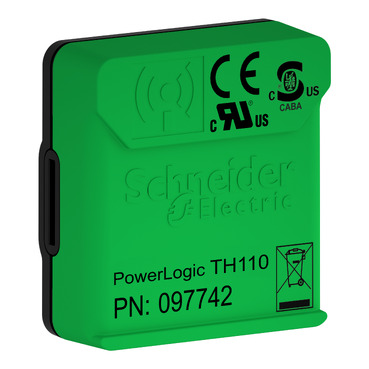Do you know about the latest electrical fire prevention technology?
When assessing all the risks that face a building or installation, electrical fire should be top of the agenda. However, despite its frequency and many potential causes, preventing it is straightforward with the right approach. By embedding connected solutions across their circuit, a consultant engineer protects against the often-unappreciated dangers of faulty installation and ageing components. In this way, smart electrical fire prevention delivers both reliable protection and peace of mind.
The risk areas for electrical fires in Electrical Distribution Network
-
Fire-risk characteristics that can be found in low-voltage (LV) main and secondary switchboards include: high intensity in normal operation, high short-circuit current, high density, bare busbar in compartments which create a T° rise concern, power connection issues and the possibility of internal arc faults.
The control panel of a machine with a high number of connections, switches, auxiliary supplies, transformers and — in particular — variable speed drives, also needs to be carefully designed and manufactured to mitigate the risk of electrical fires.
Schneider Electric's solutions include: -
An insulation failure between a line conductor and earth in – for example, dusty and humid environments – can lead to a low-intensity arc fault that the line conductor withstands, but remains high enough to start a fire. Some tests have shown that a fault current as low as 300 mA can induce a real risk of fire.
A polluted and damp insulation surface can enable small electrical discharges, causing carbon deposits that increase conductivity. If the current leak exceeds 300 mA, the carbon deposits and insulation can quickly ignite and cause a fire hazard.
To ensure your power and distribution circuits are protected against fire: Residual current devices (RCDs) can be effective in protecting against these hazards as they sense leakage currents below 300 mA.
Schneider Electric offers a number of solutions including: -
Final distribution and final circuits present the same risks as described in power and distribution circuits, but in addition, due to the quantity of connections, the low cross-section area and the type of cable installation method (less mechanical protection), the risk of damaged cables is higher than in power and distribution circuits.
According to the international IEC60364 standards series and local related standards, the use of RCDs with sensitivity below 300 mA to protect against earth leakage current is recognised as effective protection against the risk of fire caused by insulation failure.
Schneider Electric produces three categories of RCDs – earth leakage add-on RCDs, RCCBs and RCBOs – that can be used in secondary and final switchboard installations:

Help prevent an electrical fire in your installation
Learn how to go above and beyond electrical installation standards. Our complimentary electrical fire prevention guide considers the risk of fire caused by electrical currents that fall below overcurrent protection thresholds. It focuses on the latest fire safety solutions to help mitigate such hazards in both new and existing installations in commercial buildings.
Enhance safety with fire-preventing innovations
Explore our latest insights on connected power systems
Whether you design, build, or install electrical distribution products in commercial buildings, Schneider Electric can help you do your job faster and better. Our partnership programmes offer exclusive trainings, webinars, tools, resources and more.










